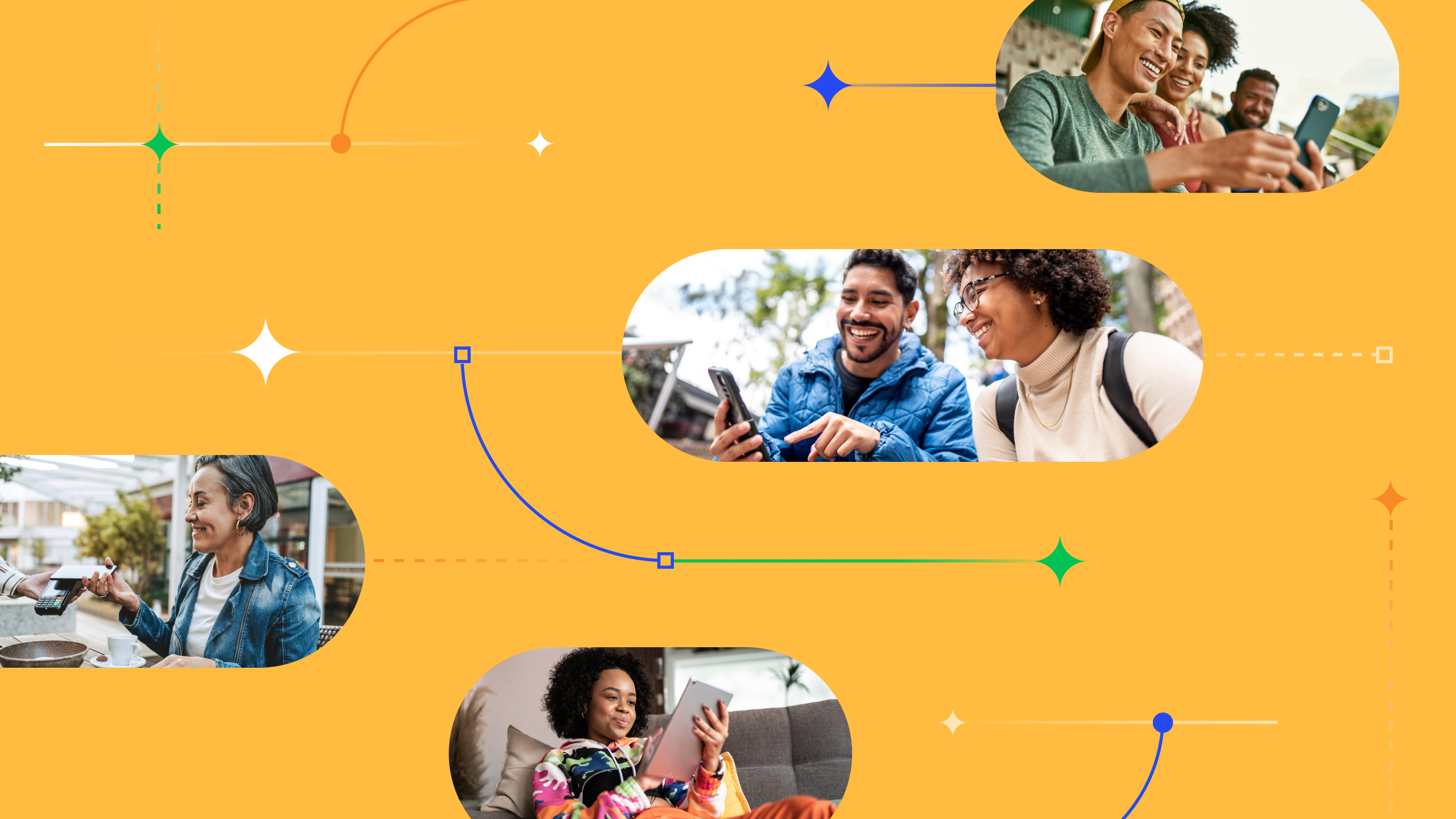The State of Affairs in the Subscription Box Industry
Unless you’ve been living under a rock since 2010, you know that churn is a problem for the subscription box industry. On one hand, box subscription services grew 40% in the spring of 2018. On the other hand, 40% of e-commerce subscribers and 60% of meal kit subscribers canceled their subscriptions that same year.
Big hit to the bottom line, huh? Big bummer. So how do you ensure that doesn’t happen to you?
It starts with truly knowing your buyers and giving them exactly what they want.
Beyond “Creepy” Marketing
Today’s digital landscape has created a dichotomous consumer experience. Consumers want things right now, but they also want one-on-one engagement. What’s more, they care about the experience almost as much as the product.
This experience has led brands to develop ways to “track” consumers’ movements online, following them around with products and promotions based on social media activity and other personal information. But this method of marketing now feels annoying at best, and intrusive at worst.
As a fairly new industry, subscription box services have an opportunity to redefine personalization—away from “creepy” to something that feels engaging.
Personalized Promotions Create a Differentiated Experience
Universal discounts and free trials are becoming old hat for the subscription box industry, and they’re creating a homogenous landscape that leads quickly to subscription fatigue. But with a solid buyer persona, you can curate an experience for specific audiences that stand out.
One way to do this is by creating exclusive promotions that are gated—in other words, targeted towards specific segments based on attributes like occupation (teachers), life stage (students and seniors), or affiliation (businesses, members of the military, or EMTs).
Gated offers like these give consumers that warm and fuzzy feeling of being special and cared for. And they work: A recent survey conducted by SheerID and Kelton shows that 54% of people would feel rewarded by an exclusive offer. What’s more, nearly 94% of people would take advantage of an exclusive promotion.
In addition, brands can confirm a subscriber’s eligibility for an offer by asking for basic information, like full name and email address. Combining this with an opt-in approach gives the subscriber total control. Supporting the process with third-party verification seals the deal, earning subscribers’ trust.
Spotlight: Headspace
For example, the subscription app Headspace wanted to find a better way to connect with its subscribers—something more personal and engaging than a universal discount. The company created a student and teacher program offering a Headspace annual subscription at 85% less than the usual price.
Other subscription services have found that over 98% of student subscribers will convert to full-price after they’ve graduated. So when it comes to churn, this customer acquisition strategy seems to be a good option.
A New Customer Acquisition Strategy
In an age where personalization clashes with privacy, it’s not surprising that churn happens as much as it does. But when box subscription companies try this new form of personalization—learning who their audience is and targeting them with gated promotions—churn goes from a looming wall to a speedbump.



